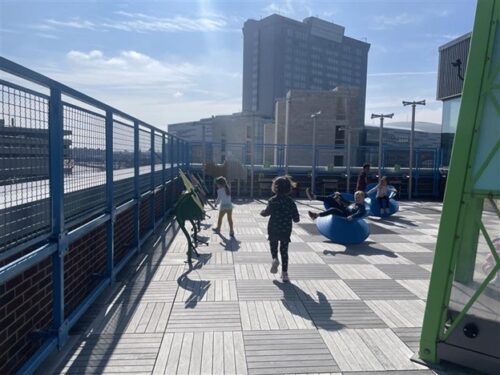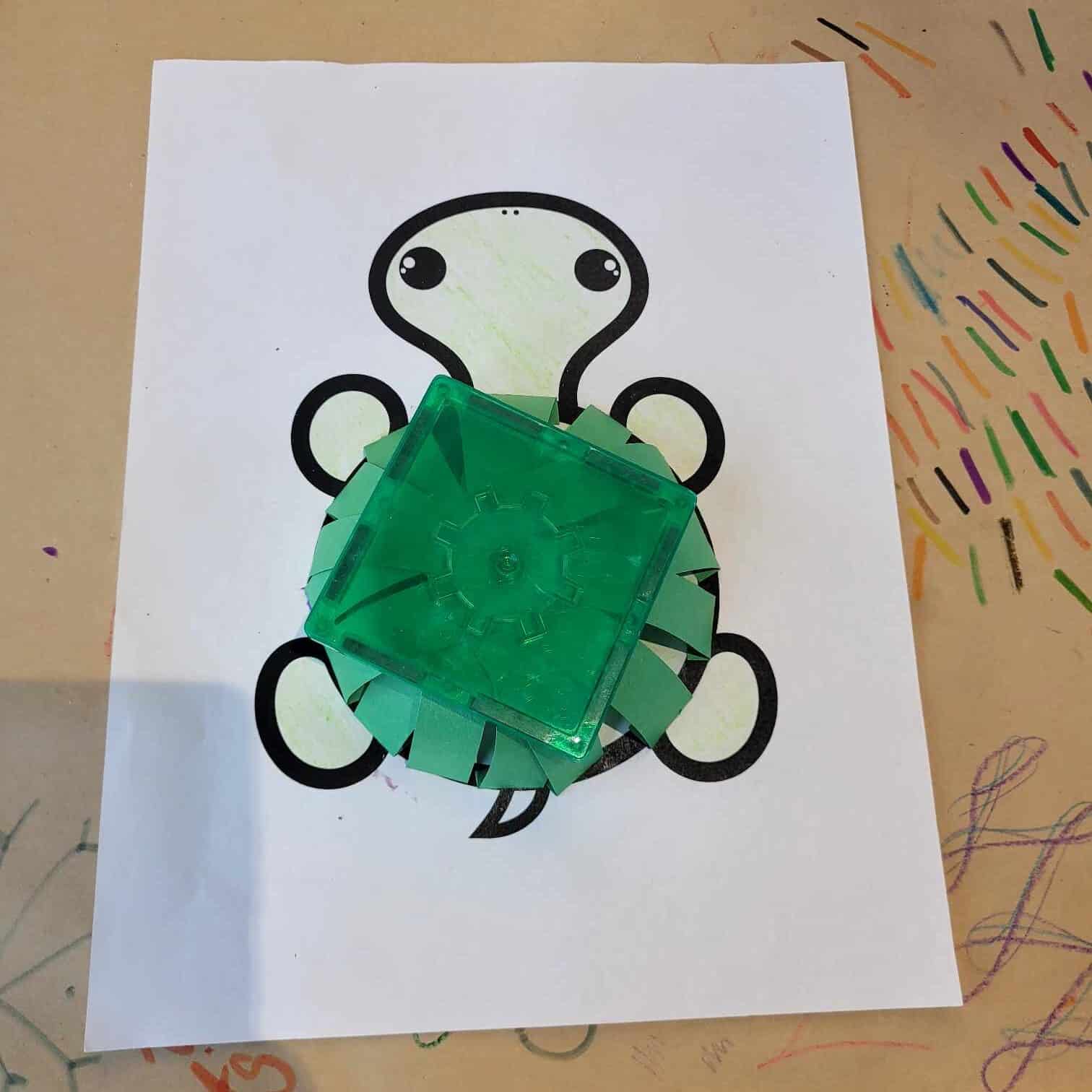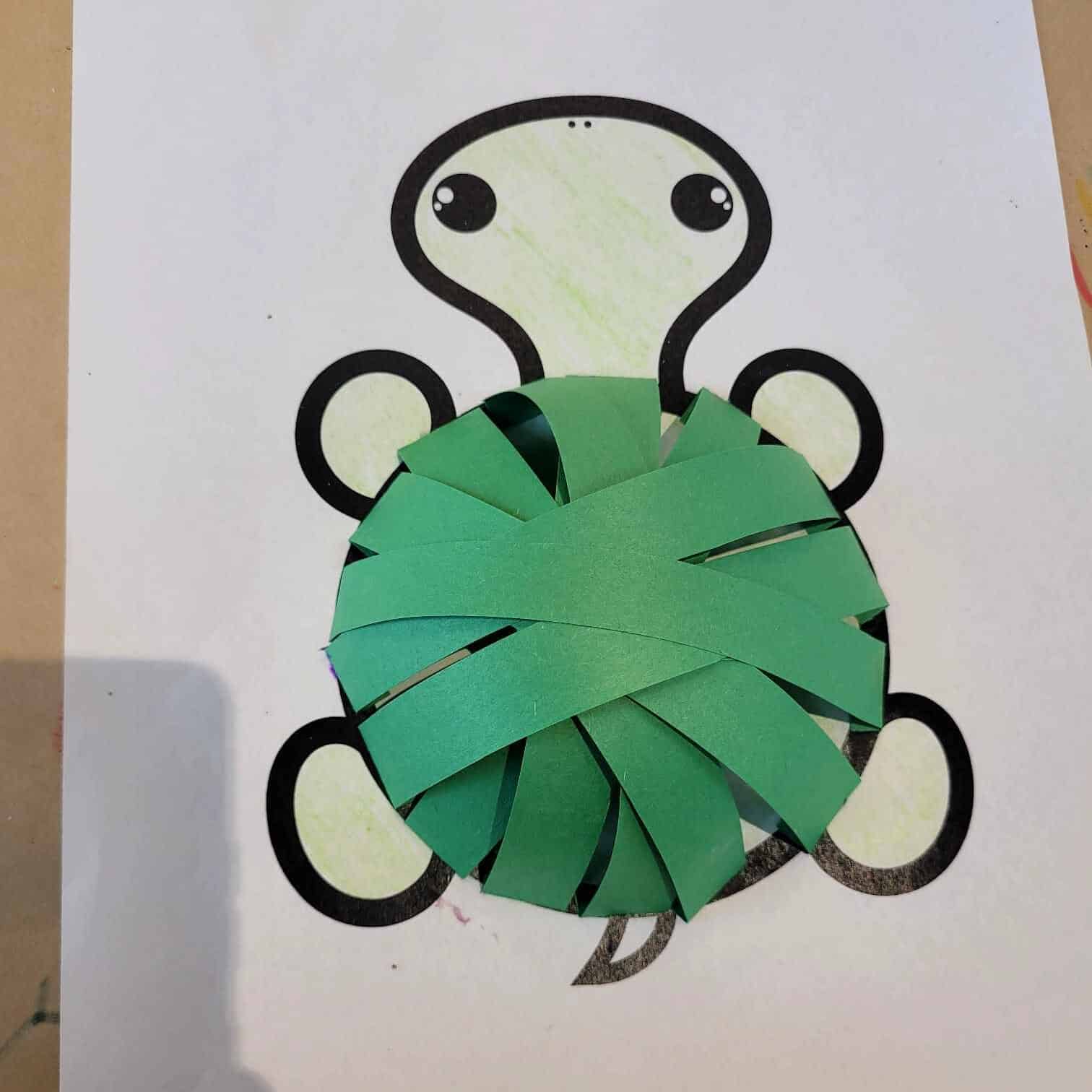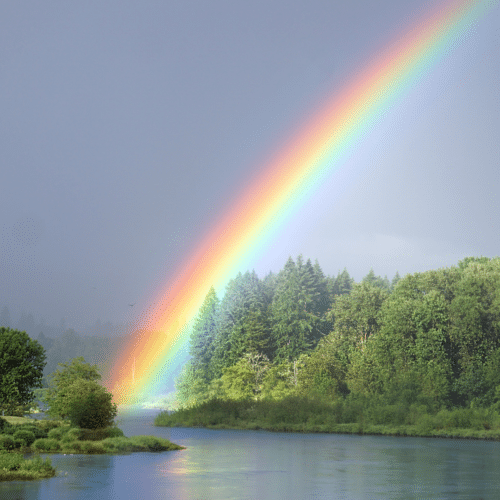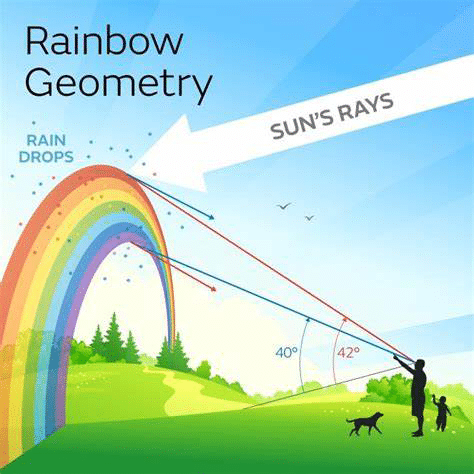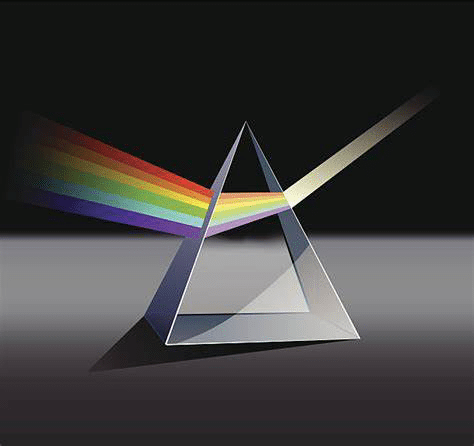By Will Kawalec, Cultural Program Educator
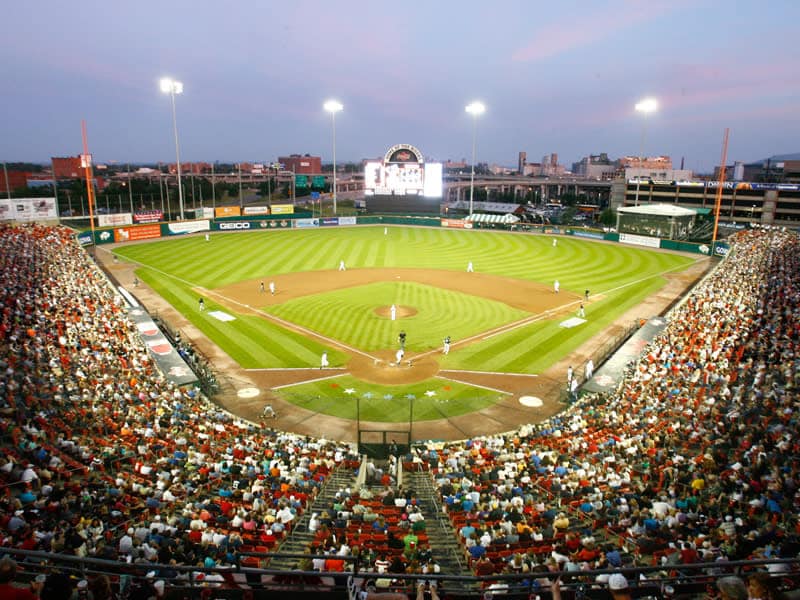
Along with the promise of warmer weather, blooming flowers, and more sunshine, the month of April brings with it the start to the great American pastime, of baseball! For millions of Americans, the start of the new baseball season is a holiday in itself. Opening Day brings with it nostalgia of watching, and playing baseball as children, and sharing memories in sport. In honor of Opening Day this April, this month’s Culture Corner will dive into Buffalo’s baseball history, specifically the Buffalo Bisons! The Bisons were founded as a Major League Baseball team in the National League way back in 1879 and remained on the highest level of professional baseball until 1885. During their years in the National League they had modest success, with 19th century stars with idiosyncratic names like Pud Galvin, “Orator” Jim O’Rourke, and Charley “Old Hoss” Radbourn. The Bisons would eventually have 5 players be inducted in the Baseball Hall of Fame.
In 1886 the second iteration of the Buffalo Bisons was formed, this team would play in Minor League Baseball, over the next century. During this hundred-year period the Bisons, would play and thrive in the minors, playing primarily within what would come to be called the International League. The Bisons would have 10 different major league affiliates, play in 5 different stadiums, and win 10 league championships! Buffalo’s deep ties to baseball were cemented with this second version of the Bisons, who would be the home team for 14 eventually hall-of-famers. None more notable than Johnny Bench who would go on to become the best-hitting catcher in baseball history and a NL Rookie of the Year, 2-time MVP, 2-time World Series champion, and 14-time All-Star. Aside from this success the Bisons also made their mark in civil rights, becoming the first Triple-A franchise to have a Black Manager with their hiring of Hector Lopez in 1969. The next year sadly, brought the end to this version of the Bisons as they were moved to Winnipeg, during the 1970 season, putting an end to over a hundred years of professional baseball in the Queen’s City.
The Bisons story, however, does not end there, as in 1979 the Buffalo Bisons were restarted under the same name, and Buffalo was given the gift of professional baseball once more. This third version of the Bisons is the team our city currently knows and loves; and has provided fans with baseball in the Spring, and Summer, at their current home Sahlen Field, which is in walking distance from Explore & More! These Bisons continued the success of the previous iterations of Buffalo baseball, winning 3 championships, having future Hall-of-famer, Jim Thome on their roster, and several major contemporary stars come through the ranks in route to the major leagues (think, Vladimir Guerrero Jr., and Bo Bichette). Aside from numerous on-field successes, the Bisons remain one of the highest attendance grabbers in all minor league baseball and hold the record for the most attendance in a single season of minor league baseball (1991). These successes sparked ideas for bringing a Major League team back to the City of Good Neighbors, an idea that has percolated into the minds of Buffalonians for decades. These Major League ideas that blossomed during the Covid year when the Toronto Blue Jays played home games at Sahlen’s field, bringing the highest level of professional baseball to Buffalo for the first time in well over a century! With all of Buffalo’s baseball history it’s easy to get excited about Opening Day in Buffalo this Spring!

